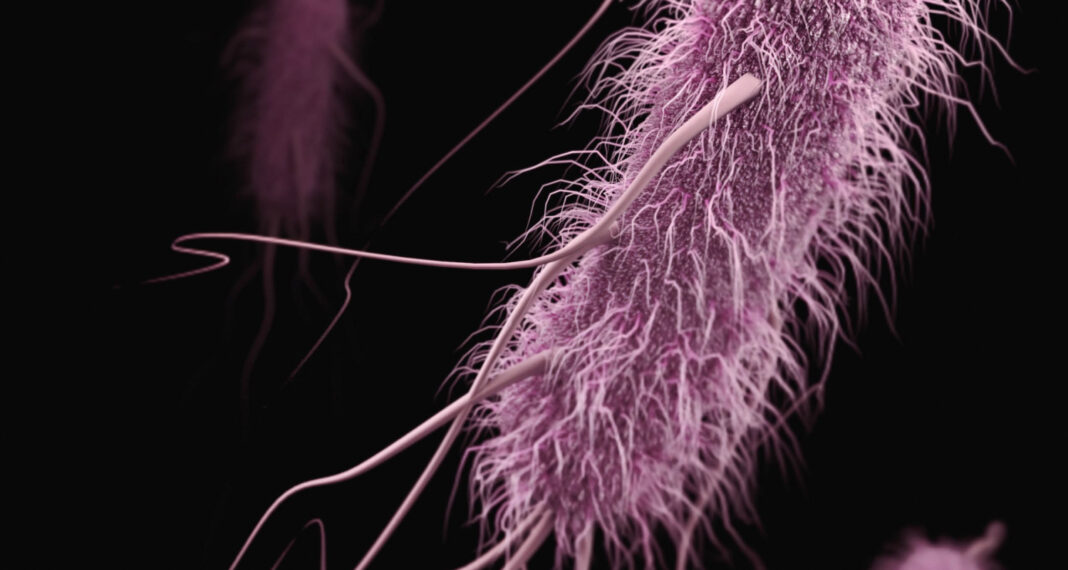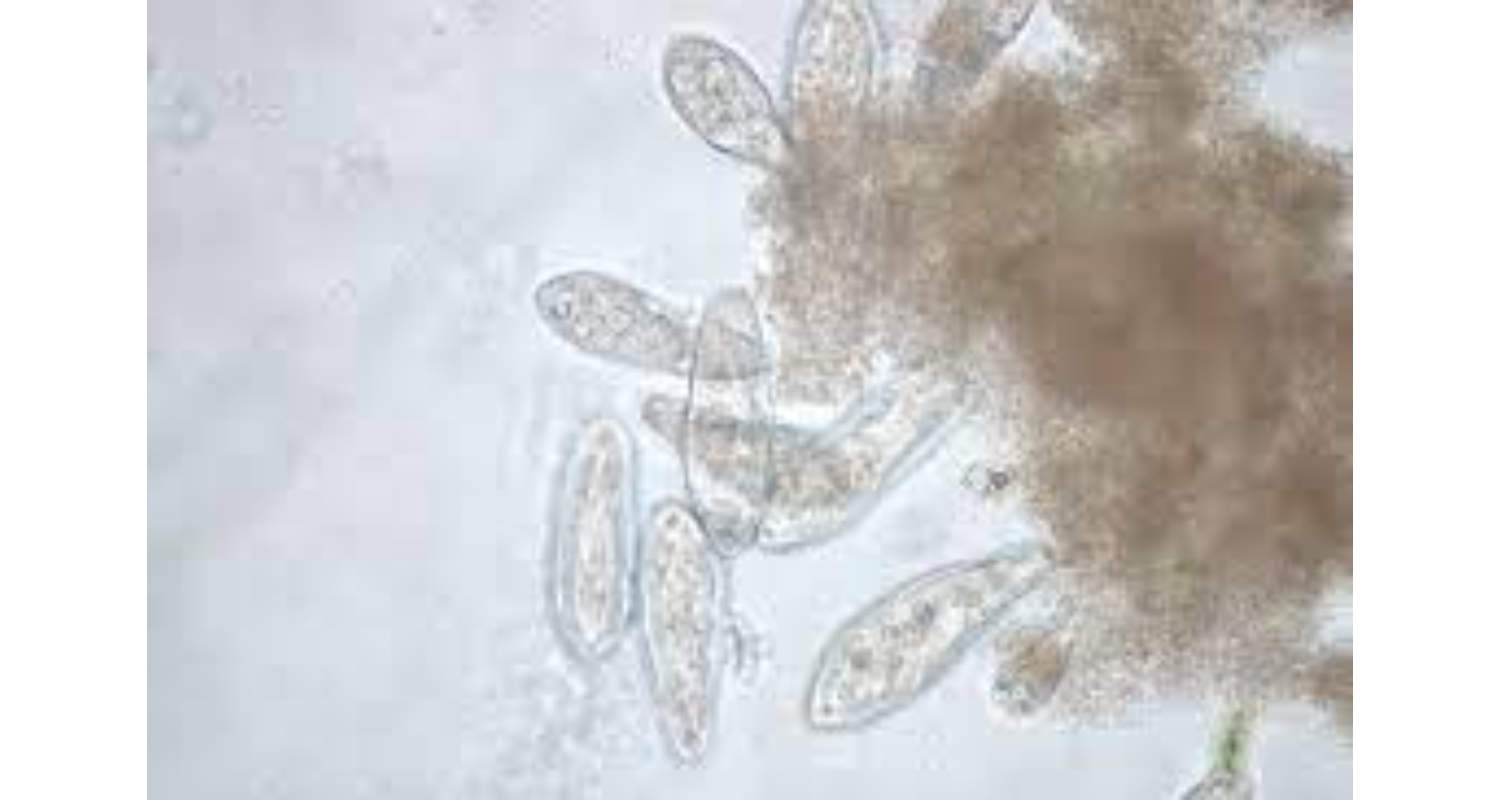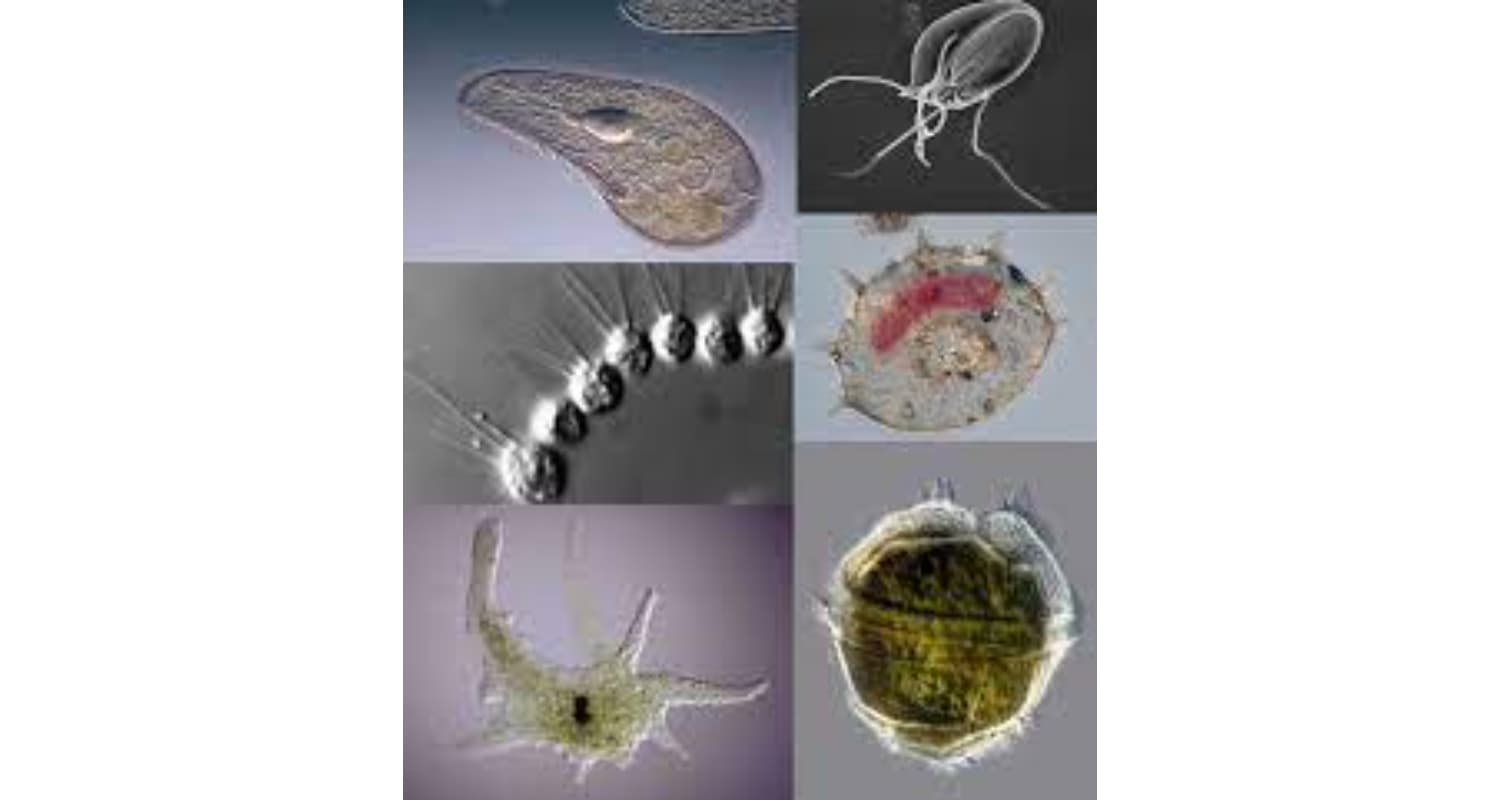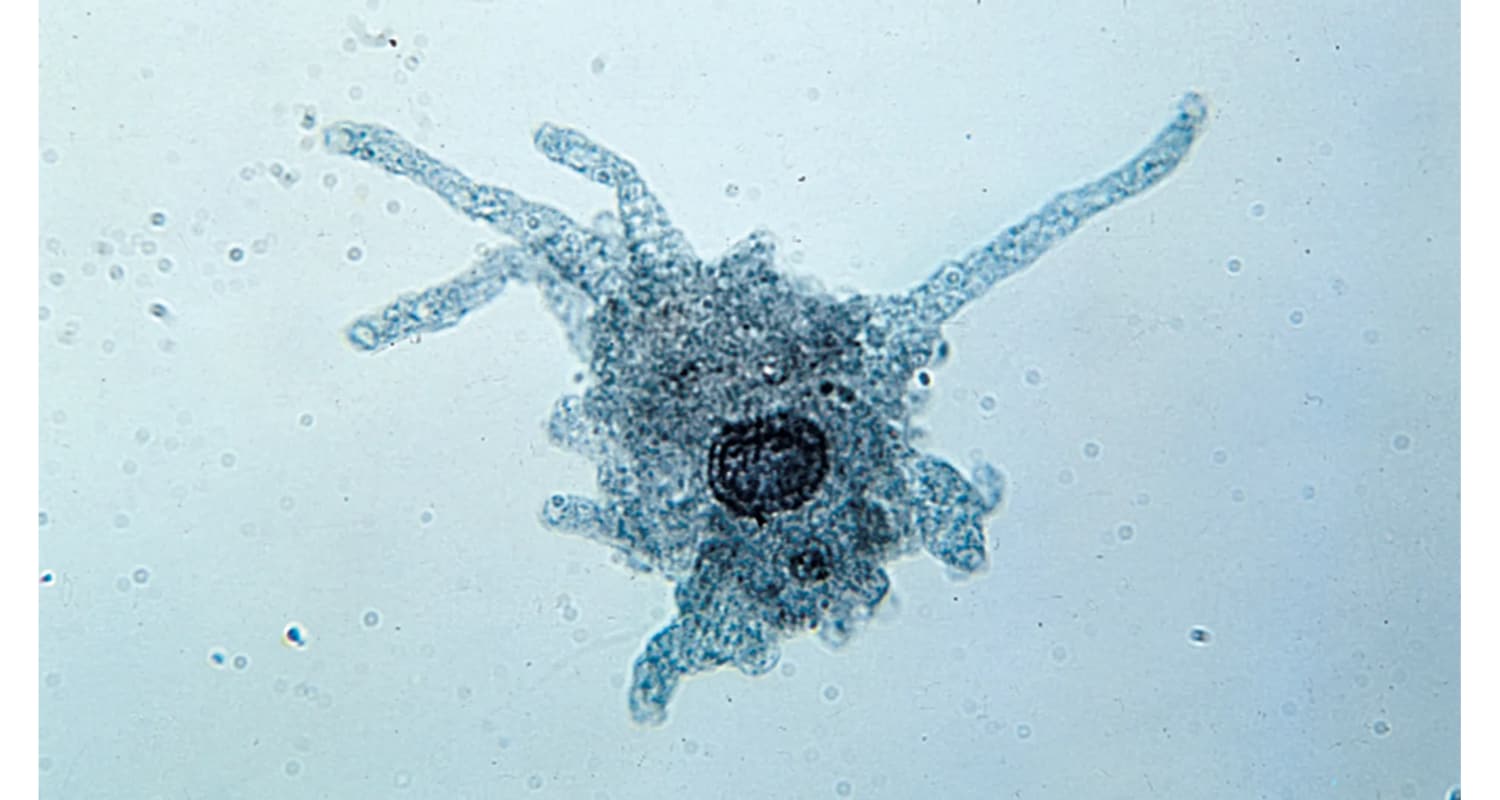Have you ever gazed into a drop of pond water under a microscope and marveled at the bustling life inside? Among those tiny swimmers are protozoans, the unsung heroes of the microscopic world. But here’s a riddle: how do these minute creatures stay energized in such a vast aquatic universe? It’s a question that has puzzled many. The answer? Their unique nutritional strategies.
Protozoans primarily exhibit heterotrophic nutrition, sourcing organic carbon from their environment. Some, however, are mixotrophs, combining heterotrophy with autotrophy, either performing photosynthesis themselves or benefiting from symbiotic relationships.
Dive in with me as we unravel this microscopic mystery, and I promise, by the end, you’ll view that drop of water with newfound awe.
See Also: What is Timed Nutrition? Understanding the Concept
Contents
What are Protozoans?
Imagine diving into a world so tiny that it’s invisible to the naked eye, yet teeming with life. Welcome to the realm of protozoans! These microscopic marvels are not your typical organisms.
Definition and Characteristics of Protozoans
Protozoans are single-celled organisms that dance around in both freshwater and saltwater environments. Unlike the static plants we’re familiar with, these little critters are often on the move, thanks to their whip-like flagella or tiny hair-like cilia. They’re a diverse bunch, ranging from the infamous amoeba, which changes shape as it moves, to the intricate paramecium with its coordinated cilia movements.
The Eukaryotic Nature of Protozoans
Now, here’s a twist: despite their minuscule size, protozoans are eukaryotes. This means they have a well-defined nucleus, just like the cells in our own bodies. It’s fascinating, right? In a world so small, they carry a complexity that’s truly mind-boggling.
So, the next time you’re near a pond or a stream, remember: there’s a whole universe of protozoans beneath the surface, each with its own unique story. Dive in, explore, and let the wonders of the microscopic world captivate you.
See Also: What Is The Best Nutrition Drink For Seniors?
Types of Nutrition in Protozoans
In exploring the protozoa mode of nutrition, we find that these microscopic organisms have developed diverse strategies to fuel their existence. The mode of nutrition of protozoa is a testament to their adaptability and survival in varied environments. Heterotrophic nutrition allows them to derive energy from organic carbon, while mixotrophy offers a blend of heterotrophy and autotrophy, showcasing the versatility of their nutritional approaches.
Heterotrophic Nutrition:
Many protozoans adopt what’s known as holozoic nutrition in protozoa. This means they consume solid food particles, engulfing smaller organisms or organic matter. It’s a primary form of heterotrophic nutrition, where they actively hunt or gather their food, breaking it down internally for energy.
While many protozoans rely on holozoic nutrition, there are those that utilize saprozoic nutrition in protozoa. In this mode, they absorb dissolved organic matter directly from their surroundings, making them efficient nutrient scavengers in their habitats.
Mixotrophy in Protozoans:
The Best of Both Worlds Now, here’s where things get even more intriguing. Some protozoans don’t just stop at heterotrophy. They embrace mixotrophy, a nutritional jackpot that combines the best of both worlds. Imagine being able to eat a delicious meal and then photosynthesize like a plant when the sun’s out! These protozoans can switch between hunting for food and harnessing energy directly from sunlight or chemicals. It’s like having a backup generator when the main power goes out.
In the grand tapestry of life, protozoans have carved out a niche for themselves with their versatile nutritional strategies. They remind us that even in the tiniest corners of our planet, there’s innovation and adaptation at play. So, the next time you think of nutrition, remember the protozoans and their incredible dietary dance!
See Also: What Is Nutrition Quackery? Debunking Myths And Misconceptions
Symbiotic Relationships in Protozoans
In the microscopic realm, it’s not just about survival of the fittest. Sometimes, it’s about teamwork, collaboration, and forming bonds that benefit both parties. This is where the magic of symbiotic relationships comes into play, and protozoans are no strangers to this dance of mutualism.
Protozoans and Eukaryotic Algae:
A Partnership of Convenience Imagine a protozoan offering a safe home to eukaryotic algae, and in return, the algae whip up a fresh batch of nutrients, thanks to photosynthesis. It’s a win-win! The algae get protection, and the protozoan gets a steady food supply. This partnership showcases nature’s brilliance, where two seemingly different organisms come together for mutual survival.
The Unique Tale of Amoeba Paulinella Chromatophora and Cyanobacterium
Now, let’s dive into a story that sounds straight out of a sci-fi novel. The amoeba Paulinella chromatophora didn’t just form a partnership with a cyanobacterium; it went a step further. This amoeba engulfed the cyanobacterium, but instead of digesting it, the two formed a lasting bond. The cyanobacterium, much like a personal chef, produces nutrients for the amoeba, turning it into a self-sustaining powerhouse.
These tales of symbiosis remind us that in the world of protozoans, it’s not just about competition. It’s about forming bonds, collaborating, and thriving together. In their tiny universe, they teach us the power of unity and cooperation.
Photosynthesis in Protozoans
When we think of photosynthesis, sprawling green forests or fields of sunflowers might come to mind. But did you know that even in the microscopic world, this solar-powered process is alive and kicking? Let’s dive into the lesser-known tales of protozoans and their relationship with photosynthesis.
Solar-Powered Protozoans:
A Glimpse into Nature’s Ingenuity Not all protozoans are content with just hunting or absorbing nutrients. Some have taken a leaf out of plants’ books (pun intended) and harnessed the power of the sun. By forming symbiotic relationships with photosynthetic organisms or even engulfing them, these protozoans gain the ability to convert sunlight into energy. It’s like having a mini solar panel inside them, powering their microscopic adventures.
The Lost Art of Photosynthesis
However, evolution is a game of constant change. Some protozoans, over time, lost their photosynthetic prowess. Whether due to environmental shifts or other factors, these protozoans moved away from solar energy, adapting to new ways of sourcing nutrients. It’s a testament to the ever-evolving nature of life, where old strategies are sometimes left behind in favor of new ones.
In the vast tapestry of life, protozoans offer a unique perspective on photosynthesis, reminding us that nature’s wonders aren’t just limited to the world we can see with our eyes. In every drop of water, there’s a universe waiting to be explored.
See Also: Nutrition: Activities by Which Organisms Obtain & Use Food
Mobility and Habitat in Protozoans
In the microscopic world, movement is an art form. Protozoans, despite their tiny stature, are masters of this dance, navigating their habitats with grace and precision. But how do they move, and where do they call home? Let’s embark on this mini-adventure.
The Dance of Movement
Flagella, Cilia, and Pseudopodia Protozoans have a few tricks up their sleeves when it comes to mobility. Some sport whip-like flagella, propelling themselves forward with each rhythmic lash. Others are adorned with tiny hair-like cilia, moving in coordinated waves, much like a crowd doing the wave at a sports event. And then there are those that use pseudopodia, extending parts of their body to glide or crawl. It’s a mesmerizing ballet of nature, each movement method tailored to the protozoan’s needs.
Tiny Homes
Habitats of Protozoans From the depths of oceans to the serene waters of freshwater ponds, protozoans are everywhere. They thrive in diverse habitats, from soil to the intestines of larger organisms. Some prefer the calm of stagnant waters, while others seek the thrill of fast-flowing streams. Their adaptability is a testament to their resilience and evolutionary prowess.
In the grand scheme of things, protozoans remind us that life, no matter how small, is a journey. A journey of movement, adaptation, and exploration, played out on a microscopic stage.
The Evolutionary Complexity of Protozoans
Dive deep into the annals of biology, and you’ll find that the term “protozoan” has been a staple for centuries. But as with many things in science, what once seemed straightforward is now a tapestry of complexity and debate.
The Problem with “Protozoan” In modern science, the term “protozoan” is becoming a bit of an enigma. Originally coined to describe “first animals,” it’s now clear that these organisms aren’t animals at all. They’re a diverse group of eukaryotic microorganisms, each with its own evolutionary lineage. So, lumping them all under one umbrella term? That’s oversimplifying a beautifully intricate story.
Paraphyly and Its Implications Here’s where things get even more intriguing. Protozoans are paraphyletic. This means they don’t include all the descendants of a common ancestor. Imagine a family tree where some branches are left out – that’s the situation here. This incomplete representation has significant implications, reshaping our understanding of evolutionary relationships and urging scientists to reconsider classifications.
See Also: What Is A Nutrition Plan? Key Components And Benefits
FAQs
What are protozoans?
Protozoans are single-celled eukaryotic organisms that can be found in various aquatic environments. They play a vital role in the food chain and have diverse nutritional strategies.
Do protozoans perform photosynthesis?
Some protozoans can perform photosynthesis, especially those that have formed symbiotic relationships with photosynthetic organisms or have engulfed them.
How do protozoans move?
Protozoans use various structures for movement, including flagella, cilia, and pseudopodia. Each structure offers a unique mode of movement, from whipping to crawling.
Where can protozoans be found?
Protozoans inhabit a range of environments, from freshwater ponds to oceans and even in the soil or inside larger organisms.
Are protozoans harmful to humans?
While many protozoans are harmless, some can cause diseases in humans, such as malaria and amoebic dysentery.
Conclusion
From the dance of flagella to the art of photosynthesis, protozoans are a testament to nature’s ingenuity. Their diverse nutritional strategies, from hunting to harnessing the sun’s energy, showcase the myriad ways life adapts and thrives. But beyond their immediate world, protozoans offer a deeper lesson. They remind us of the intricate web of evolutionary biology, where every organism, no matter how small, plays a pivotal role in the grand narrative of life. As we continue to unravel their secrets, protozoans stand as a beacon, illuminating the wonders of the microscopic universe.
See Also: What Does RD Stand for in Nutrition? Decoding the Acronym
Stacie is a Licensed and Registered Dietitian from rural southern Minnesota where she, her husband and daughter reside with their two pups. She’s a content creator. She loves all kinds of fitness and has a passion to inspire as many as she can live a healthier and happier life both in and out of the kitchen – the driving force behind the co-development of the The Real Food Dietitians.









